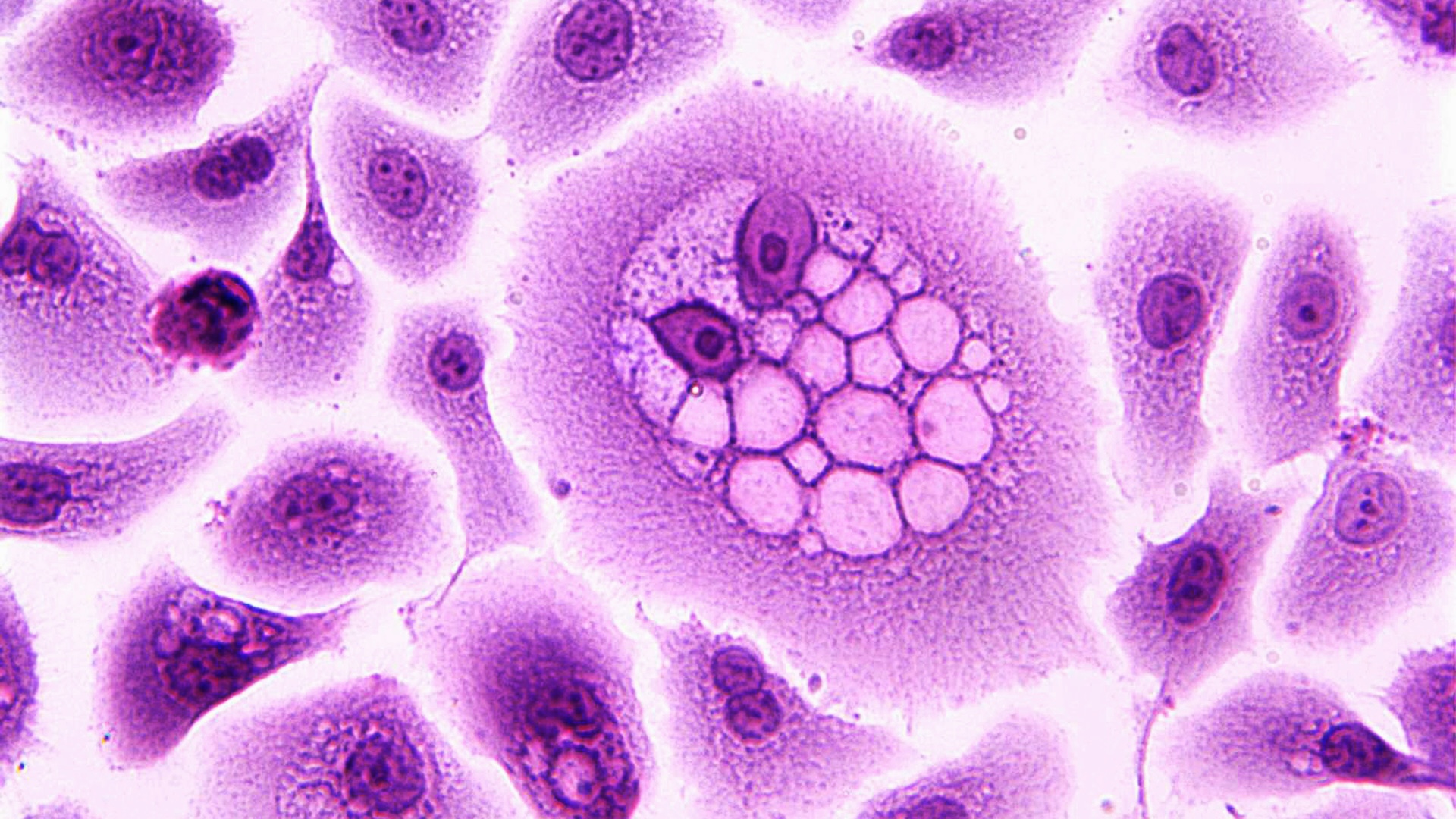Thalassemia Reports, Vol. 13, Pages 152-156: HbAdrian (α1:c.251del, p.Leu84Argfs*19)—A Novel Pathogenic Variant in the α1-Globin Gene Associated with Microcytosis from the North of Iran
Thalassemia Reports doi: 10.3390/thalassrep13020014
Authors: Hossein Jalali Hossein Karami Mahan Mahdavi Mohammad Reza Mahdavi
Background: Alpha thalassemia is one of the most common human genetic abnormalities. More than 400 different variations of the α-globin protein have been introduced, most of which are not associated with noticeable clinical manifestations. The identification of all variants of Hb in different regions helps in acquiring comprehensive knowledge concerning thalassemia disease, and it can be used in preventive programs as well as prenatal diagnosis (PND). Aims: In the present study, we describe a new α1 gene mutation that leads to a frameshift after codon 83. Methods: As a plan for a national screening program of thalassemia, routine cell blood count (CBC) and Hb capillary electrophoresis tests were applied. After taking written informed consent, genomic DNA was extracted, and, for identifying common Mediterranean α-Globin gene deletion, multiplex Gap-PCR was performed; for detecting other mutations on α- and β-Globin genes, a DNA sequencing method was used. Results: The results of CBC and capillary electrophoresis tests showed microcytosis in a female subject. The sequencing of the α-Globin gene showed that the case is heterozygote for a single-nucleotide deletion at codon 83 of the α1-Globin Gene. We named this mutation Hb Adrian (α1: c.251–T), which is a novel mutation. The mentioned mutation was also detected in the subject’s mother. Conclusions: The introduced mutation (Hb Adrian) leads to a frameshift change that produces a protein with 100 amino acids, which in comparison to a normal α-chain is shorter, and its amino acids are altered after codon 83. This hemoglobin is undetectable via the use of electrophoresis. Although no major hematological abnormalities were observed in the carriers, Hb Adrian should be considered in screening programs to help prevent Hb H disease in high-risk couples.

 1 year ago
37
1 year ago
37

